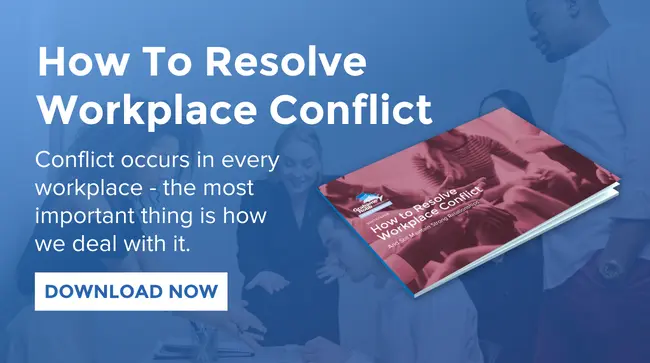
The Importance of Psychological Safety for a Healthy Workplace Culture
Behind any successful business is its people, so what happens if your people feel uncomfortable expressing their views, suggesting new and innovative ideas, or identifying areas for organisational improvement? It seems unsurprising that your organisation will likely be held back, that your competitors will rise above you and that crucially your company culture will suffer. At a time when businesses must be at the sharp end to overcome the competition, creating a positive team culture can make the difference, producing an organisation that is more agile, progressive, and open to change.
In this article, we’ll explore the importance of psychological safety in the workplace and why it’s a key factor for establishing a healthy workplace culture.
What Is Psychological Safety In The Workplace?
A psychologically safe workplace is one in which employees feel secure, accepted, and respected. When people feel psychologically safe, they can focus their energy on driving innovation and working collaboratively. In a recent study, more than 72 per cent of employees said that strong leadership that is underpinned by psychological safety fostered a positive team culture – but – ironically - three-quarters of leaders were unaware of the increasing need for psychological safety in the workplace.
So, what are the benefits of psychological safety in the workplace?
Willingness To Speak Up
In workplace cultures that are strong on psychological safety, team members are more confident expressing ideas, asking questions, and presenting solutions without fear of embarrassment or retaliation. They actively participate in discussions knowing that alternative views won't be dismissed outright, promoting a more transparent culture and creative decision-making.
Mistakes Aren't Fatal
When psychological safety exists, people know they can take smart risks and learn from failures without jeopardising their positions. If errors are made, they aren’t covered up and are viewed as opportunities for growth. Removing this stigma around failure will breed innovation.
Cohesive Teams
Psychological safety strengthens interpersonal relationships and team cohesion. Staff feel valued for who they are - they don’t feel the need to put on a mask to comply with expectations - and will more readily support each other through challenges. Because psychological safety generates trust, teams enjoy healthy debate, find common ground even when significant differences are present, and work more cooperatively towards shared goals without needing leaders to micromanage them.
A Healthy Attitude To Well-being
Companies that promote psychological safety have a more open and understanding approach to well-being. Employees feel more relaxed about openly discussing their mental health, the causes of stress, and their overall well-being without being viewed as unsuited to their job. Leaders who cultivate psychological safety are empathetic and responsive when employees face personal issues, meaning the right level of support can be offered to help staff through life’s challenges.
Increased Engagement
In workplace cultures where people feel psychologically safe, staff invest more passion and energy into their work. According to research, 76 per cent of employees are more engaged, which drives productivity and efficiency. Collaboration, too, is stronger, as staff enjoy working with colleagues and feel their contributions will be recognised.
Better Retention
Finally, when employees feel valued and safe at work, they are less likely to seek alternative positions. Happier staff are unlikely to activate their flight response and will strive to be more involved in the organisation’s success. Psychological safety is an effective retention strategy as it directly reduces turnover by meeting core human needs for self-esteem and belonging.
Make Psychological Safety At The Workplace A Priority
Workplace conflict can seriously harm psychological safety in the workplace, so to find out more about how to overcome the problem, please download our free guide today.
Image Source: Canva



